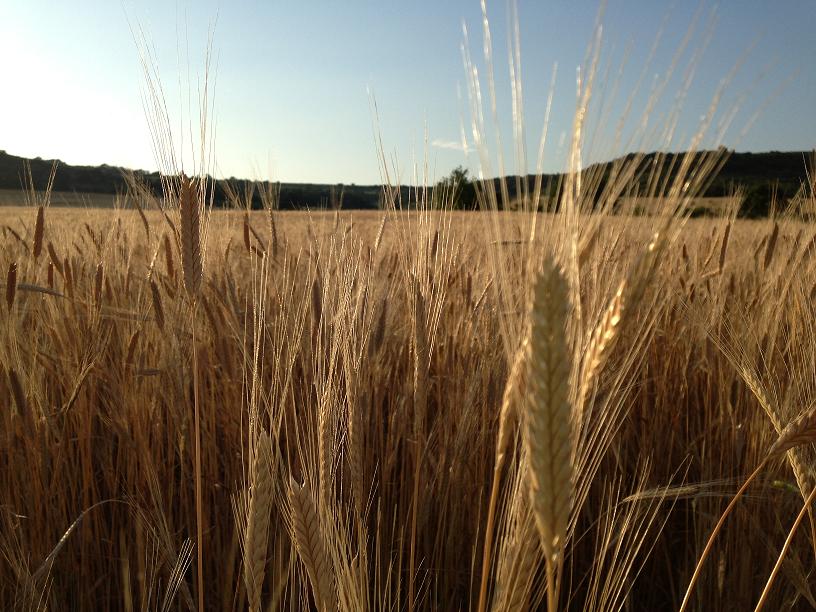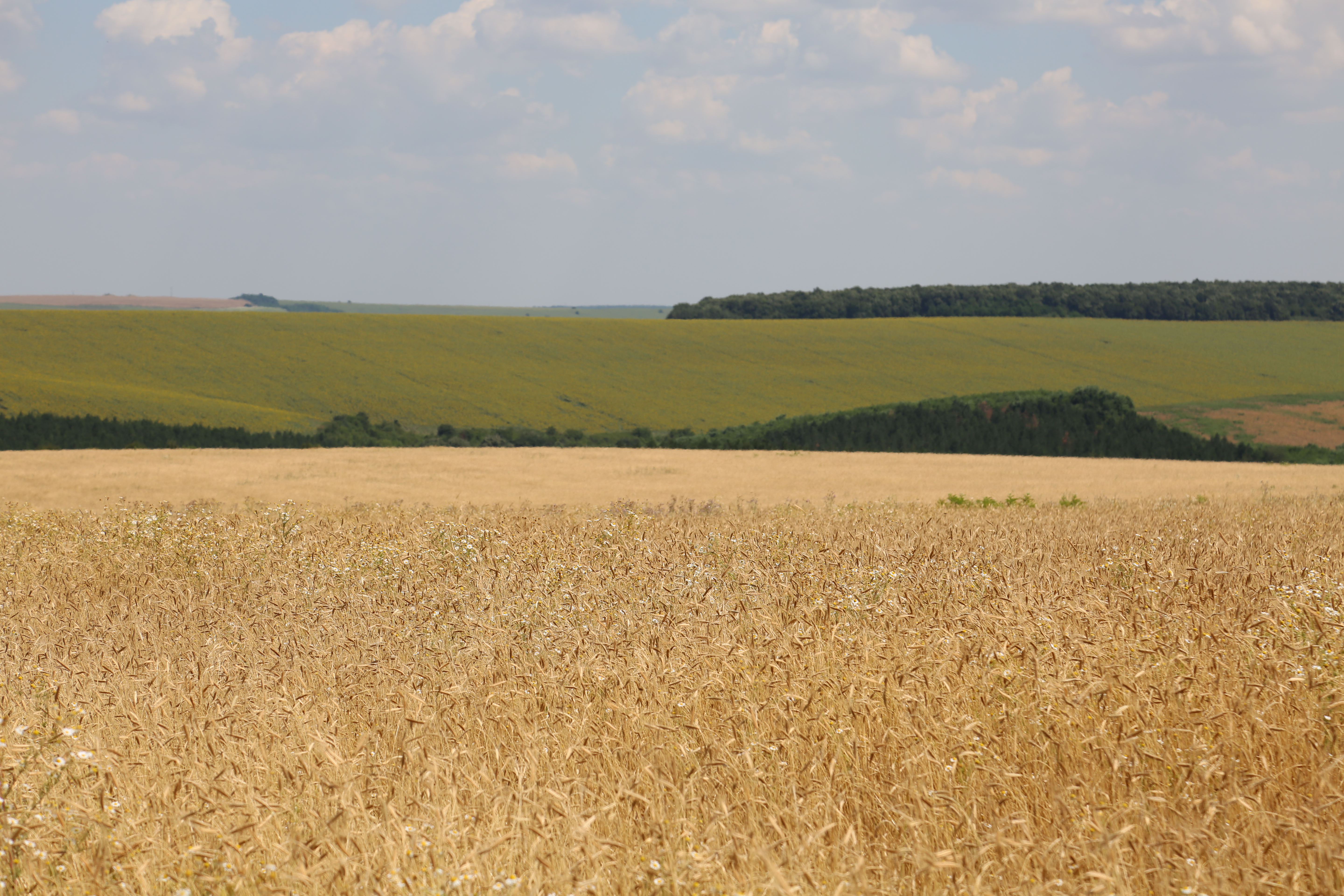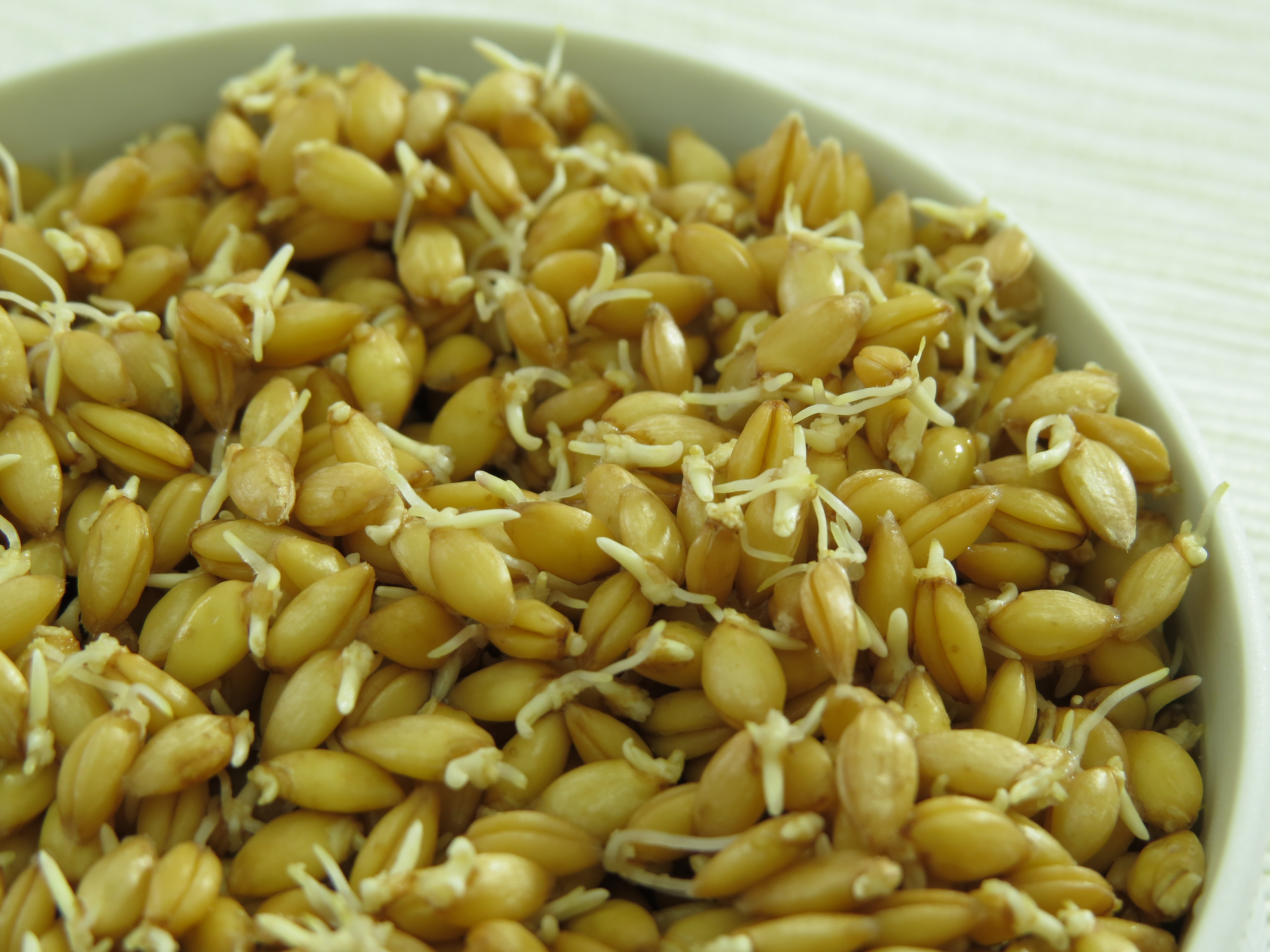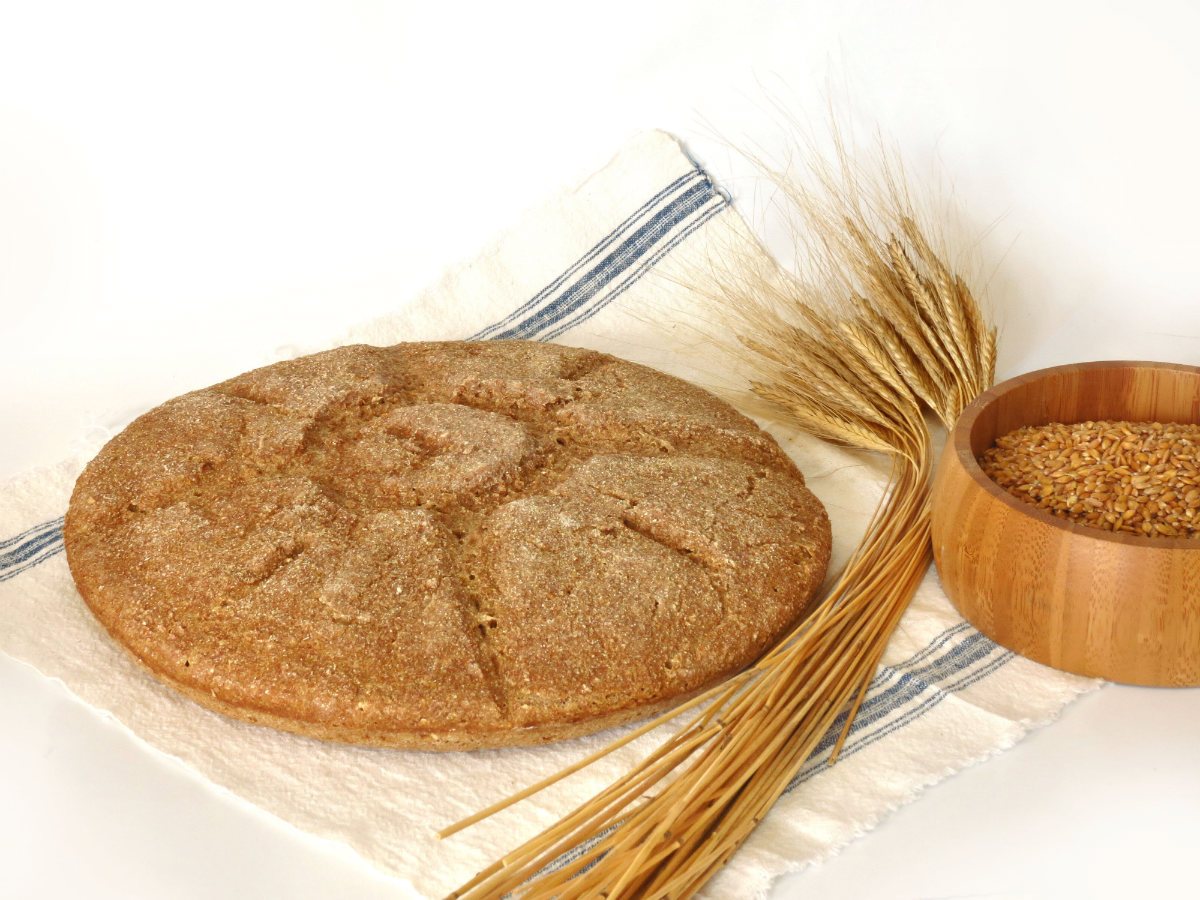A basic principle of the production of organic foods is the sustainability of the production process, combining human health, environment, biodiversity and society (1). In organic plant cultivation are used such crops and varieties that would fit the existing local agro-ecological conditions. It is necessary to choose varieties which are resistant to disease and vermin, and are not demanding in terms of ‘diet’. In organic farming a greater significance is placed upon the actions which stimulate health and development of the plants’ resilience to disease and vermin, moreover the focal point is care for the soil, maintenance and increase of soil fertility (2).
Organic producers think that the possibility to cultivate forgotten and somewhat overlooked crops, such as einkorn (Triticum monococcum L.), emmer wheat (Triticum dicoccum Schrank (Schuebl)) and spelt (Triticum spelta L.), is a good prospect in the development of organic farming. The extremely valuable nutritional and dietary characteristics that wild wheat varieties possess are what makes them interesting and attractive for organic producers, even though yield cannot compete with the yield of modern varieties.
A team of Czech scientists conducts a study of more than 169 local varieties of ancient and conventional wheat from the gene base of the Plant Research Institute (CRI) in Prague. They used organically certified areas for cultivation. The aim of the experiment is discovering suitable varieties and identifying crops potentially useful for organic farming. These discoveries should respond to the growing demand for natural, untraditional and wholesome foods, which are at the base of a nature-oriented diet. (3)
For the purpose of their study the scientists from CRI select 24 samples of wild einkorn varieties, 103 samples of local types of emmer, 15 samples of local types of spelt and 27 intermediate varieties of bread-wheat. In order to evaluate the degree of powdery mildew and/or brown rust, they use a 9-grade scale (9 = no registered disease during the trial). Lodging in the field is expressed by the lodging index, which combines the intensity and range of lodging of the field (9 = no lodging). (3)
Resistance of the researched crops – results:
According to the index of resistance to powdery mildew the crops rate as follows: first is einkorn with an index of 9 (9 = no registered disease during the trial), followed by emmer (8.79), spelt (7.20) and intermediate varieties of bread-wheat (6.26).
According to the index of resistance to brown rust the crops rate as follows: first is einkorn with an index of 9, followed by emmer (8.89), spelt (8.47) and intermediate varieties of bread-wheat (6.63).
The lodging index rates the crops in the following order: einkorn – index of 9, emmer – 8.59, spelt – 7.05 and intermediate varieties of bread-wheat – 6.11.
Researchers note that in organic production the rate of crops getting diseased has lower intensity, when compared to traditional agriculture. They explain this phenomenon with the fact that with organically grown plants and crops the use of nitrogen fertilizers is significantly lower. On the other hand, fungicides are not allowed in organic agriculture, due to the resilience of organic products, which is most important in the defense against diseases. А big part of the tested wild emmer varieties are resistant to powdery mildew and brown rust. The same results are achieved by other scientists who believe that some types could be less resistant to powdery mildew, whereas spelt and intermediate forms of bread-wheat are susceptible to both diseases. When it comes to einkorn, it is the most resistant to fungal diseases.
Observations of the Czech team also show that wild crops are resistant to lodging, even though susceptibility to this process is a negative feature of most local varieties. The crops that were observed are long enough to be able to compete with weeds, but on the other hand that makes them more susceptible to lodging. In practice, intermediate forms of bread-wheat and emmer are susceptible to lodging, even though the long stalks of spelt are not. Researchers summarize that there are differences in the level of lodging between the different cultures being tested – not just height, but also the width of the stalks influences the degree of lodging. Einkorn and emmer have short and very thick ears of grain, whereas those of summer spelt varieties are long and rare.
The Czech scientists note the following results:
After evaluating the 24 local einkorn varieties they established that this crop is more resistant to powdery mildew and brown rust than spelt, and the intermediate forms of bread wheat.
Einkorn has shorter stems than emmer and spelt.
The productivity of einkorn’s ears of grain is lower.
Wild grown types of emmer are also resistant to powdery mildew and brown rust; however, they are less resistant to lodging.
Emmer has shorter and thicker ears of grain.
The lower harvest index is the reason for a lower interest in emmer cultivation.
Wild spelt varieties, tested in the study, are susceptible and prone to brown rust.
Spelt has long stalks and loose ears of grain.
Local types of bread-wheat are less resistant to powdery mildew, compared to the rest of the local wheat varieties being evaluated.
Intermediate forms are characterized by short (8.84 cm) and loose ears of grain.
During the research it becomes clear that there is no crop that is not susceptible to lodging or is resistant to the aforementioned diseases.
In their conclusion the team summarized that the 169 local varieties - researched and evaluated, are appropriate for organic farming.
The experiments described show the differences between local varieties, as well as the different possibilities for their application and selection as potentially useful varieties in agriculture.
Regarding resistance to powdery mildew and brown rust, scientists designate einkorn and emmer as the most appropriate types of wheat, as spring varieties of spelt are often contaminated. On the other hand, intermediate forms of bread wheat turn out to be the least resistant to the diseases and with a high lodging index. When exploring the influence of the plants’ height on the lodging process, researchers show that the width of the stems plays a crucial role in the selection of appropriate local varieties. With the exception of spring forms of spelt, the varieties being evaluated allow for produce through a higher number of ears of wheat per unit area. All results obtained show that the yield of ancient wheat varieties is characterized by a low value.
In conclusion to their study the researchers indicate that the varieties with short stems, internodes pronounced in the lower part and a large number of nodes on the stem are more resistant, compared to the rest of the crops. The height of the plants and the width of their stems play a vital role for the selection of appropriate local varieties, resistant to lodging. In botanical terms the main difference between einkorn and spelt are the short and thick ears of grain of einkorn, compared to the long and rare ears of summer spelt varieties. The lower weight and the quality of the grains of spelt is compensated by a higher yield. Einkorn is known today as a hulled wheat variety, which has 4 layers of shells, protecting the grains from external influence (disease and vermin). The mechanical removal of the shell amounts to a loss of about 30-40%.
Results from the study prove that the evaluated local varieties can be cultivated in organic farming, even in soils poorer in nutrients and organic substances. Organic producers can expand the range of cultivated crops and thereby improve their market opportunities, contributing to the sustainable development and effective use of plant genetic resources. (3)
References:
1. http://www.bioselena.com
2. EC/European Research Area/Food, Agriculture& Fisheries & Biotechnology/Studies and Reports/ Functional food, 2010, www. cordis.europa.eu
3. Petr Konvalina1, Ivana Capouchová2, Zdeněk Stehno3, Jan Moudrý1, Agronomic characteristics of the spring forms of the wheat landraces (einkorn, emmer, spelt, intermediate bread wheat) grown in organic farming, J Agrobiol 27(1): 9–17, 2010
4. www.wikipedia.org





 Where to buy
Where to buy